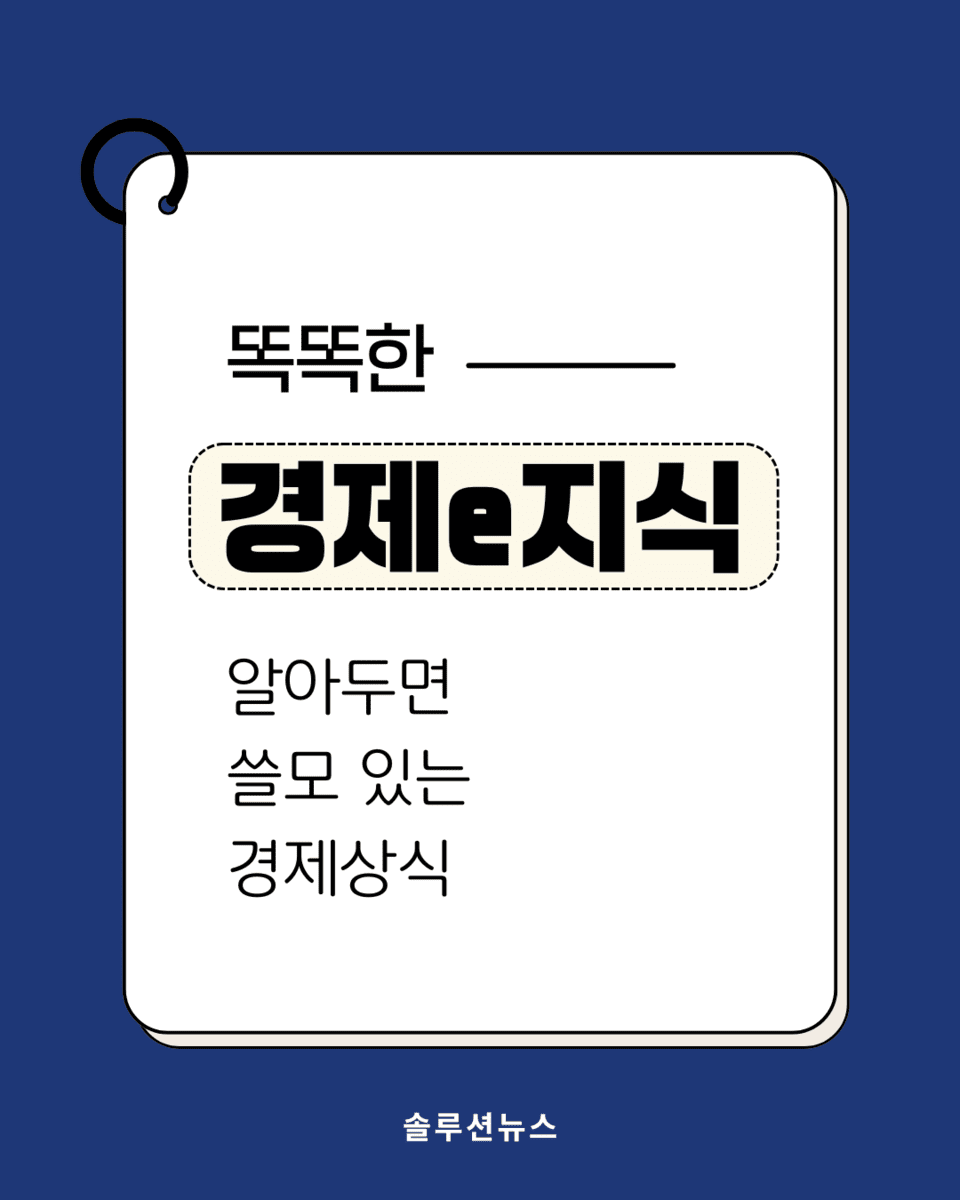The standard wage is a key concept used to calculate wages and statutory allowances. It refers to the wages characterized by regularity and uniformity and has been a source of conflict between companies and workers. Because overtime, night, and holiday work allowances are calculated based on the standard wage, differences in its scope can greatly affect company labor costs and employees’ real income.
The Labor Standards Act does not directly define the standard wage. Instead, the Supreme Court’s precedents have established the guidelines. According to the precedents, the standard wage is the wage regularly and uniformly paid to workers. This includes base pay and monthly allowances such as job allowance, technical allowance, and position allowance. On the contrary, bonuses that vary depending on performance or temporary and incidental allowances are excluded.
For example, fixed meal allowances or transportation expenses paid equally to all workers every month are included in the standard wage. However, incentives given to only some workers are not considered standard wages. Although it appears simple on the surface, the complexity of allowance characteristics at the workplace often leads to disputes.
Regular bonuses are a typical example. The court’s position is that if regular bonuses are paid to all workers, they are included in the standard wage. In 2013, the Supreme Court’s full bench ruled that regular bonuses fall under the standard wage. However, if it poses a severe threat to a company’s finances, the principle of good faith can be applied to limit additional payments. This ruling shook many companies’ wage systems and fueled labor-management disputes.
The standard wage directly impacts a company’s cost structure. Expanding the criteria for calculating statutory allowances would require companies to bear additional labor costs. This burden is particularly significant for industries like manufacturing, where extended and night work is common. On the other hand, expanding the scope of the standard wage increases allowances, thereby increasing workers’ income.
Labor and management sharply conflict over the nature of allowances. If family allowances or long-term service allowances must meet certain conditions to be paid, they may be interpreted as non-uniform and excluded. However, if a company pays them under the same conditions to all workers, the court is likely to recognize them as standard wages.
The government has issued guidelines to reduce confusion. The Ministry of Employment and Labor presented the scope and application criteria of standard wages through administrative interpretation. Nonetheless, each company’s situation and the forms of allowances vary, so courts still play a decisive role in judgments.
The standard wage concept extends beyond simple wages and covers overall labor relations. It relates to discussions on wage system reform, working hour reductions, and productivity improvements. Companies need to design wage systems considering costs, and workers must understand legal standards to ensure their rights. Ultimately, the standard wage serves as a measure of fairness and sustainability in the labor market.
Interpretations of the standard wage continue to evolve amidst changes in the labor market. As work types diversify and performance-based wage systems spread, new issues may arise. If courts, the government, and labor and management fail to find a balance, conflicts will inevitably persist. The legal and institutional discussions surrounding the standard wage remain a central issue in the Korean labor market.
